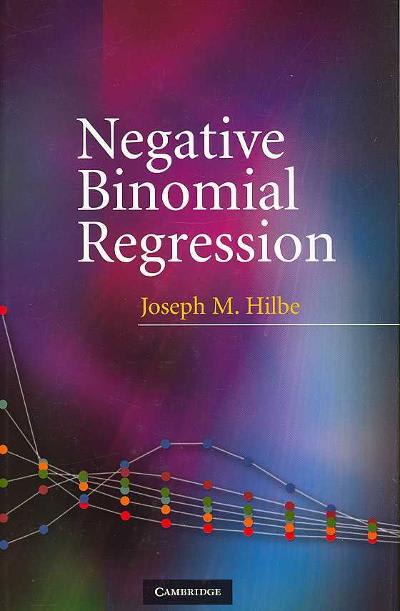below. No. of absences, x 0 1 2 3 4 5 6 7 8 9 0 Final grade, y 87.7 84.8 81.9 79.4 76.4 71.9 62.2 66.8 63.9 61.0 (a) Find the least-squares regression line treating the number of absences, x, as the explanatory variable and the final grade, y, as the response variable. y =x + (D (Round to three decimal places as needed.) b) Interpret the slope and y-intercept, if appropriate. Interpret the slope. Select the correct choice below and, if necessary, fill in the answer box to complete your choice. (Round to three decimal places as needed.) O A. For zero days absent, the final score is predicted to be O B. For every unit change in the final grade, the number of days absent falls by days, on average. O C. For every day absent, the final grade falls by , on average. O D. For a final score of zero, the number of days absent is predicted to be days. O E. It is not appropriate to interpret the slope. Interpret the y-intercept. Select the correct choice below and, if necessary, fill in the answer box to complete your choice. (Round to three decimal places as needed.) O A. For every unit change in the final grade, the number of days absent falls by days, on average. O B. For every day absent, the final grade falls by , on average. O C. For zero days absent, the final score is predicted to be . O D. For a final score of zero, the number of days absent is predicted to be days. O E. It is not appropriate to interpret the y-intercept. (c) Predict the final grade for a student who misses five class periods and compute the residual. Is the observed final grade above or below average for this number of absences? The predicted final grade is . This observation has a residual of , which indicates that the final grade is average. (Round to one decimal place as needed.) (d) Draw the least-squares regression line on the scatter diagram of the data. Choose the correct graph below. OA. O B. O C. OD. 100- 100- Q 100- Q 100- Q (e) Would it be reasonable to use the least-squares regression line to predict the final grade for a student who has missed 15 class periods? Why or why not? O A. No-15 missed class periods is not possible. O B. No-15 missed class periods is outside the scope of the model. O C. Yes-15 missed class periods is possible and within the scope of the model O D. No-15 missed class periods is not possible and outside the scope of the model. O E. More information regarding the student is necessary to be able to make a decision







